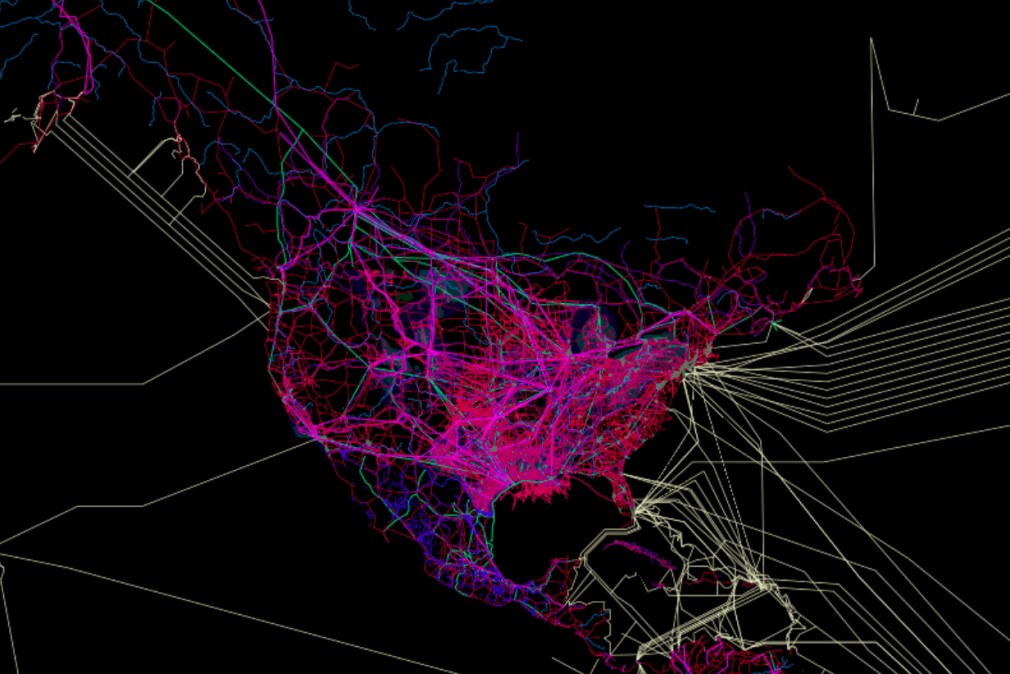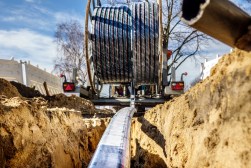States say new NTIA guidelines could disrupt broadband rollouts

Some state officials said new draft guidance from the National Telecommunications and Information Administration could disrupt broadband rollouts and delay project funding from the $42.45 billion Broadband, Equity, Access, and Deployment program.
During a House Energy and Commerce subcommittee hearing Tuesday, congressional representatives and BEAD grant recipients expressed frustration over proposed guidance published last month by the NTIA. The guidance retracts its earlier preference for fiber optic connectivity in favor of cheaper broadband technologies for remote locations, where fiber connectivity would be too expensive, potentially depleting the program’s funding.
Rep. Cathy McMorris Rodgers, of Washington state, criticized the NTIA for its late stage guidance, saying it “undermine[s] the program’s success.”
“NTIA has spent two years pushing an expensive fiber first agenda, [though they are] finally showing an openness to alternative technologies, by failing to do so from the beginning, they have wasted time and money, which only results in fewer Americans getting connected,” Rodgers said in an opening statement during the Communications and Technology Subcommittee hearing.
In the first volume of plans the NTIA approved in January, most states planned to build fiber networks. The federal agency gives priority status to fiber optic projects when granting BEAD funding, according to the agency’s new guidance.
The agency guidance notes that fiber connectivity can be expensive and impractical to deploy in rural locations, where access to internet is most sparse. Instead, the NTIA’s new guidance encourages states to build new broadband networks using cheaper technologies, such as licensed fixed wireless networks or hybrid networks that use a combination of coaxial cable and optical fiber line.
In its new guidance, NTIA notes that these alternatives are “reliable broadband technologies” that meet federal definitions for high-speed internet, can adapt to changing societal needs and can provide service for decades. Roughly 7% of Americans lack access to reliable, high-speed internet, according to a March report by the Federal Communications Commission.
Misty Ann Giles, Montana’s director of administration, lamented during Tuesday’s hearing the lack of clear guidance and the high cost of broadband deployment in her state, where much of the population is distributed across rural areas.
“Guidance is given too late or it’s conflicting, and this causes a pressure on us when it comes to our costs and our operations at the state level, creating a chaotic implementation environment, and more hoops and hurdles for both states and telecommunication providers alike to implement that are charged with deploying these funds,” Giles said.
In its new guidance, the NTIA still gives first priority to fiber projects. The guidance states that if a service provider’s bid for fiber deployment is not “too expensive,” then the NTIA will fund the project, regardless of location. The guidance says the NTIA will fall back to funding other technologies where it would be too expensive to deploy fiber.
The hearing also touched on the difficulties in the permitting process across state and local agencies, which will be critical to deploying broadband projects, according to a recent report published by the Benton Institute for Broadband and Society.






